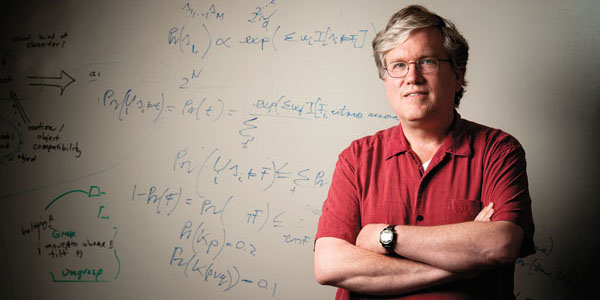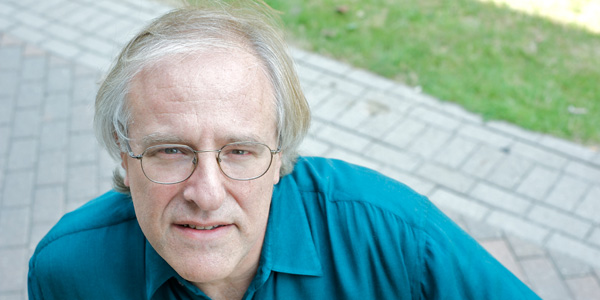Science & Technology
Gift to University Will Benefit the Sciences and Athletics
October 3, 2012
The gift will be used to create the Barbara J. Burger Endowed Scholarship in the Sciences, which will support one or more undergraduates each year in the pursuit of degrees in biology, chemistry, earth and environmental sciences, or physics.






